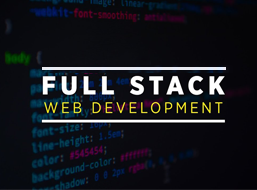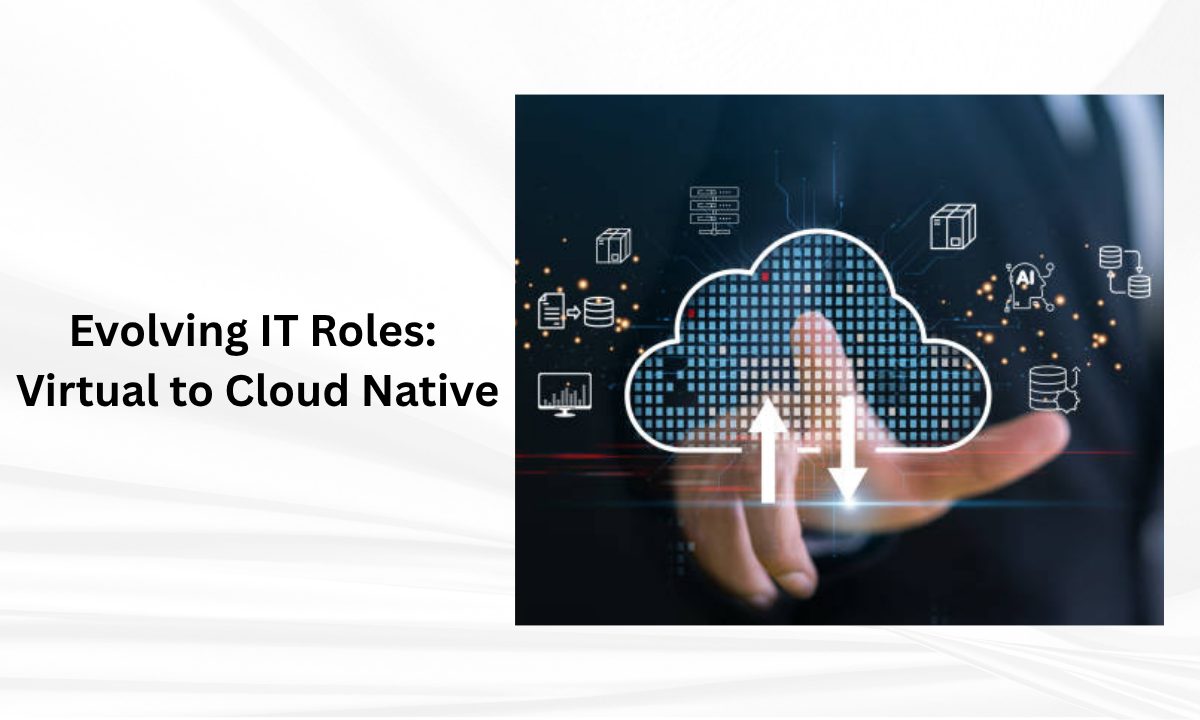Table of contents:
|
1. What is Virtualization (and its meaning in cloud computing) |
|
2. Why Virtualization Still Matters |
|
3. Transitioning to Cloud Native Architecture |
|
4. How the Roles Evolve: From Virtualization Specialist to Cloud Native Practitioner |
|
5. Where Apponix Fits In |
|
6. Final Thoughts |
|
7. Frequently Asked Questions (FAQs) |
When we begin our journey into IT infrastructure at Apponix, one keyword keeps surfacing: virtualisation. Virtualization sets the stage for all modern cloud-computing paradigms.
In this article, I will walk you through what virtualisation means, how it fits into cloud computing, the roles it creates, and how the shift toward “cloud native” transforms our IT roles and responsibilities. And yes, we’ll explore how a training programme at a training institute in Bangalore, specifically here at Apponix, can equip you for this evolving landscape.
What is Virtualization (and its meaning in cloud computing)

Virtualization simply refers to creating a virtual version of something – servers, storage devices, networks or even entire operating systems – instead of relying solely on physical hardware.
When we talk about virtualization meaning in cloud computing, we’re referring to how cloud providers use virtualization layers (for example, via hypervisors) to decouple hardware from software, enabling virtual machines or virtual environments to run on shared physical infrastructure.
In practical terms, a virtual machine in cloud computing is a software emulation of a physical computer system, with its own virtual CPU, memory, storage, and network, all running on a physical host through a hypervisor.
Why Virtualization Still Matters
We often emphasise virtualization benefits in cloud computing: higher hardware utilisation, improved flexibility, fault-isolation, and multi-tenant support.
It also comes with virtualization advantages and disadvantages. On the plus side, we get faster provisioning of resources, cost-efficiency, and the ability to support legacy workloads on newer infrastructure.
On the downside, we may encounter overhead, security issues (hypervisor attack surface), or complexity in management.
In my role as trainer at Apponix, I emphasise that understanding virtualization levels in cloud computing, such as hardware virtualization, OS-level virtualization, and application virtualization, gives you a solid foundation for stepping into cloud and cloud-native roles.
Transitioning to Cloud Native Architecture
While virtualization set the foundation, the next wave is cloud native. This means designing and building applications and infrastructure to fully exploit cloud delivery, scalability, elasticity, and resilience. The Cloud Native Computing Foundation (CNCF) is a key organisation promoting projects and standards around cloud native computing.
Cloud native development focuses on microservices, containers, service meshes, serverless functions, and infrastructure as code. The architecture of cloud native application design emphasises modularity, autonomy, and continuous delivery.
As an instructor, I show learners how they move from virtual machines to containerised services, from monolithic apps to cloud native application models and distributed systems.
How the Roles Evolve: From Virtualization Specialist to Cloud Native Practitioner
When IT teams were focused on virtualization, roles gravitated around server consolidation, virtualization engineers, and infrastructure optimisation. With cloud native architecture becoming dominant, roles now include cloud native developers, platform engineers, site reliability engineers (SREs), DevOps/FinOps practitioners, and cloud native security specialists.
A training institute in Bangalore, such as Apponix, can help you bridge this gap, aligning foundational learning in virtualization with up-to-date skills in cloud native computing. For example, our “cloud computing training course in Bangalore” addresses virtualization fundamentals, cloud infrastructure, containers, Kubernetes and service-mesh tech.
Skills You Should Build
-
Master virtualization concepts: hypervisors, VM life cycle, virtual networks, and storage virtualization.
-
Understand virtualization levels in cloud computing: server, storage, network, desktop, and application.
-
Learn virtualization benefits and advantages/disadvantages to frame decisions.
-
Shift toward cloud native thinking: containers versus VMs, microservices, API-first, observability.
-
Explore cloud native architecture and cloud native application design: event-driven, scalable, and resilient.
-
Prepare for certifications from CNCF (Cloud Native Foundation), such as the Kubernetes and Cloud Native Associate, Developer or Administrator tracks.
Where Apponix Fits In
At Apponix, we design the curriculum so you’re not just familiar with two terms (virtualization and cloud native) but are able to migrate across them. You will start with the meaning of virtualization, understand virtual machines in cloud computing, examine virtualization levels in cloud computing, and evaluate virtualization advantages and disadvantages.
Then we deepen into cloud native computing: cloud native development, architecture, application design, and operations. Our training institute in Bangalore ensures you have hands-on labs, real projects, and exposure to cloud native computing foundation principles — so you are ready for real-world challenges.
Final Thoughts
In conclusion, the journey from virtualization to cloud native is more than a buzzword evolution; it is a transformation in how we structure IT roles, design infrastructure, and deliver value.
As a trainer at Apponix Training Institute in Bangalore, I have seen many professionals begin with strong virtualization skills and then grow into cloud native practitioners who drive modern architectures, CI/CD pipelines, microservices, containers and high-scale distributed systems.
By investing in a structured “cloud computing training course in Bangalore”, you are giving yourself the scaffolding to evolve. You gain the deep roots of virtualization and the flexible wings of cloud native.
If you want to position yourself for the next wave of IT roles, the time is now. At Apponix, we’re ready to guide you through the transition, providing mentorship, practice, and certification readiness. I look forward to accompanying you on that journey and seeing you succeed in roles that thrive on virtualization and flourish in cloud native environments.
Frequently Asked Questions (FAQs)
Q1. What is the difference between virtualization and cloud native?
Virtualization is a technology that creates virtual versions of physical hardware or resources, whereas cloud native refers to building and running applications to fully exploit cloud delivery models and architectures.
Q2. Why is virtualization still important in cloud computing?
Even in the cloud era, virtualization is the underlying technology that enables shared resources, multi-tenant environments and efficient infrastructure utilisation.
Q3. What role does the Cloud Native Computing Foundation play?
The CNCF is the body that supports and certifies cloud native technologies and best practices, enabling professionals to validate their skills in cloud native development and operations.
Q4. What kinds of training are available in Bangalore for virtualization and cloud native?
Training institutes in Bangalore, like Apponix, offer cloud computing training courses in Bangalore that begin with virtualization fundamentals and extend into cloud native computing, containers, Kubernetes, and other modern platforms.
Q5. What are typical roles I can move into after mastering virtualization and cloud native?
You could step into roles such as Virtualisation Engineer, Cloud Infrastructure Architect, Platform Engineer, DevOps Engineer, Cloud Native Developer, or Site Reliability Engineer (SRE).




